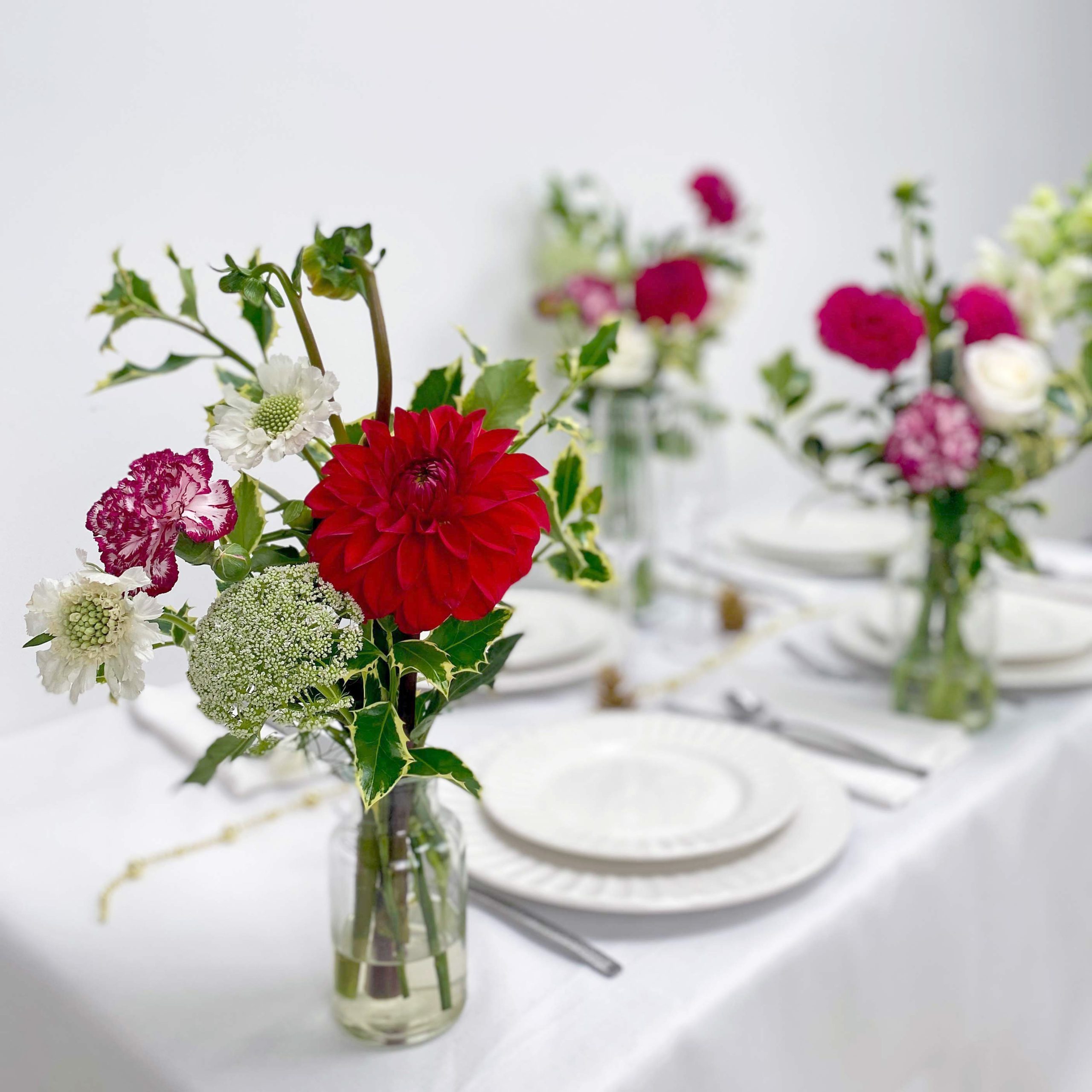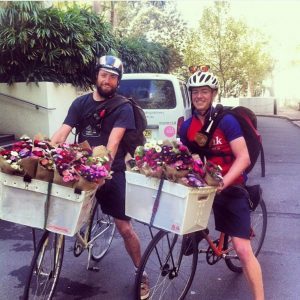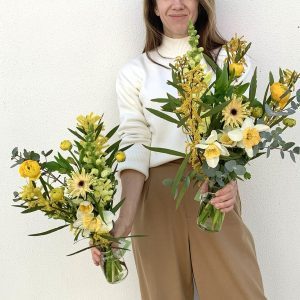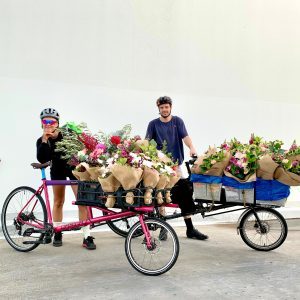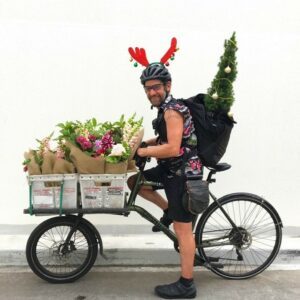17 July 2025
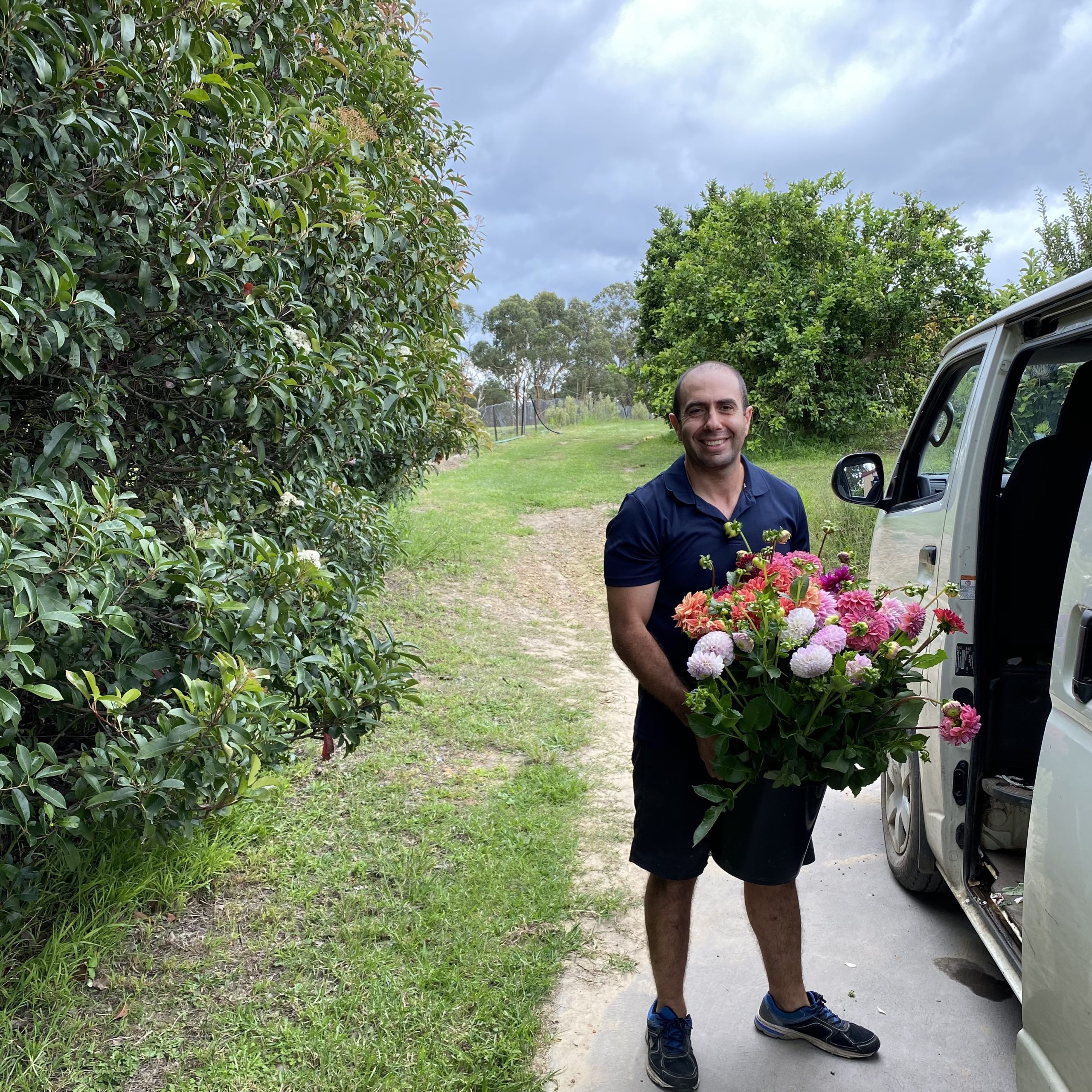
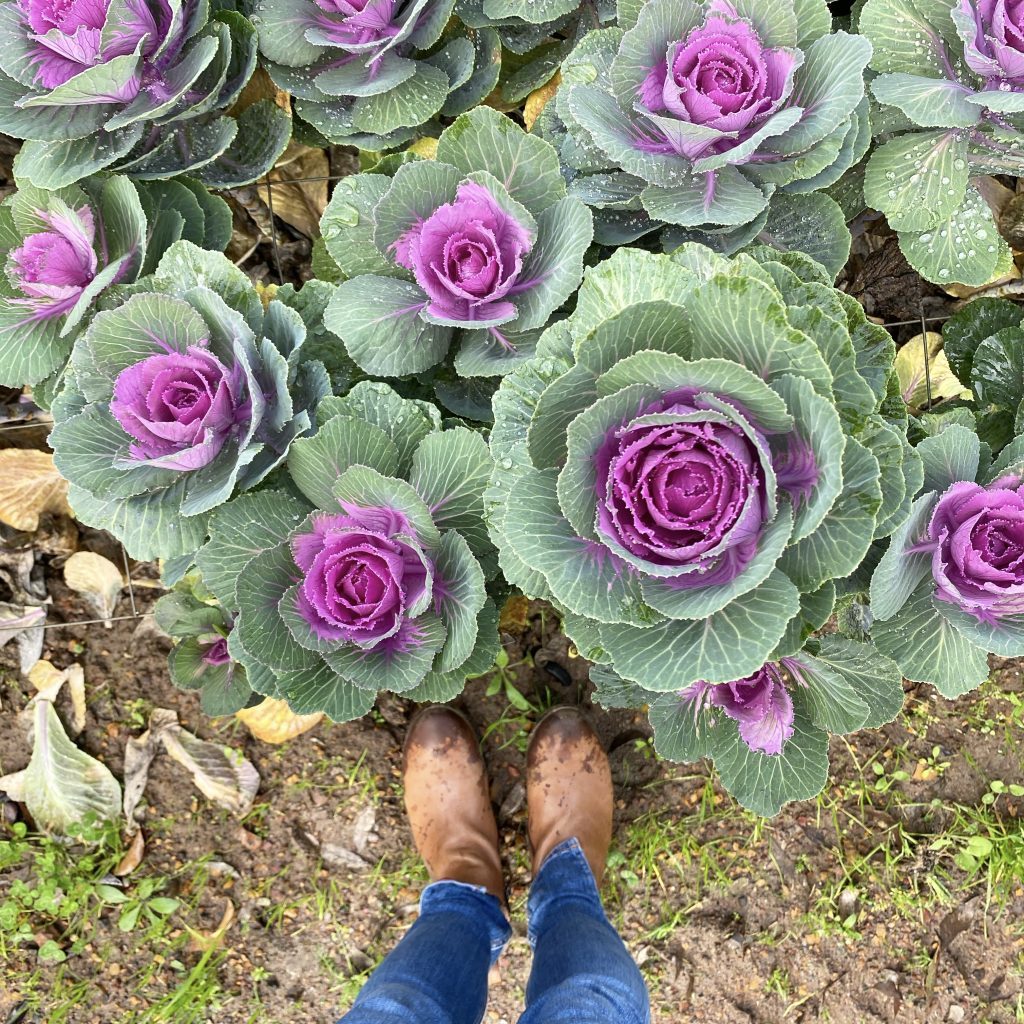

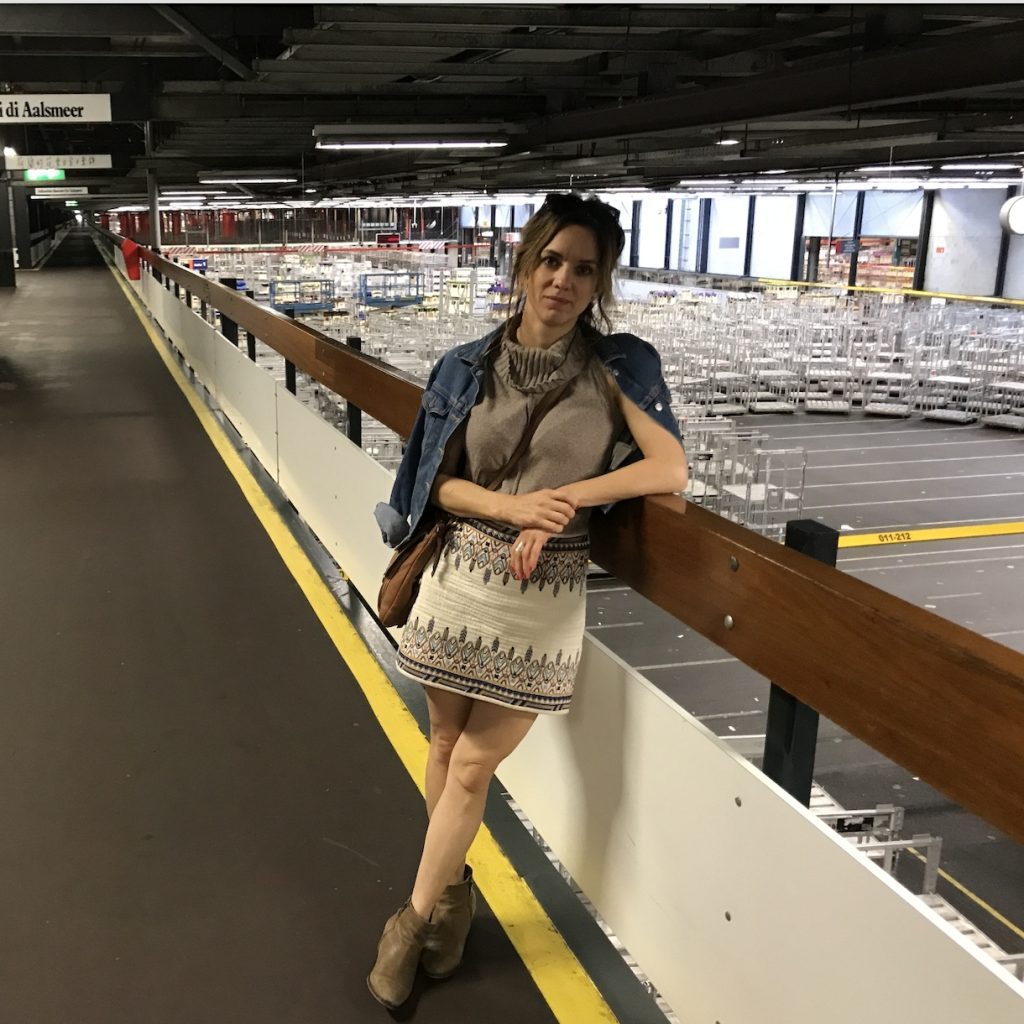
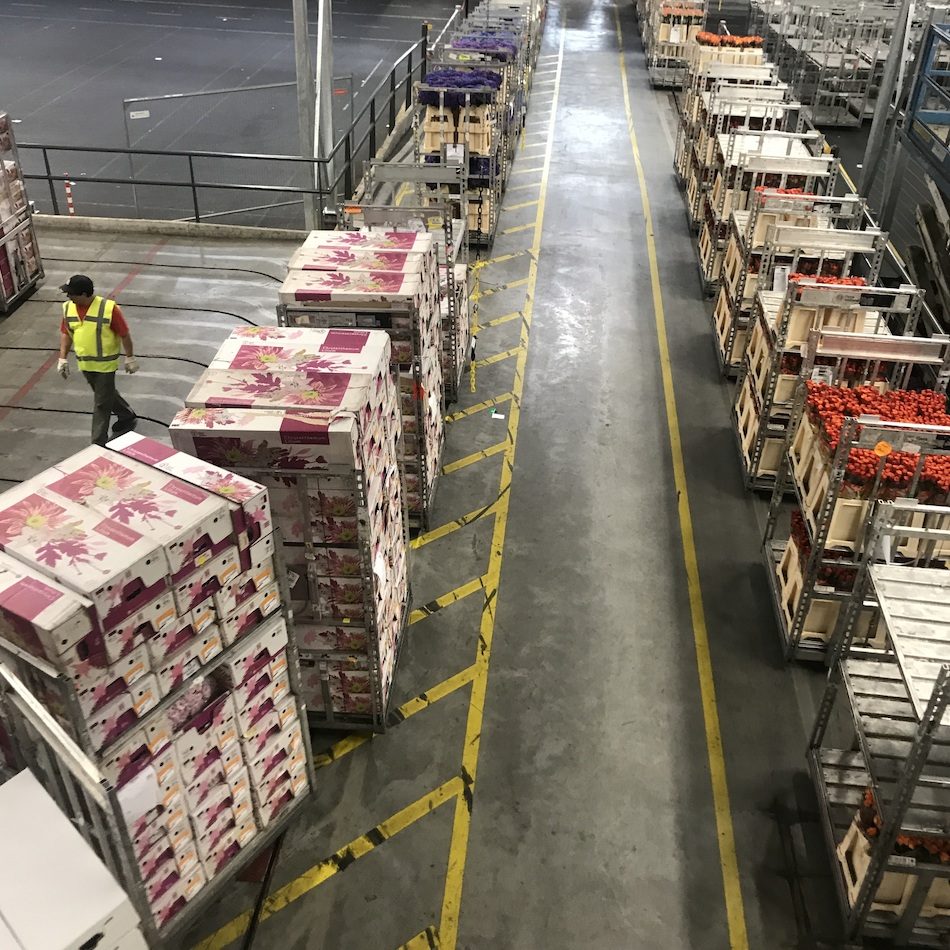

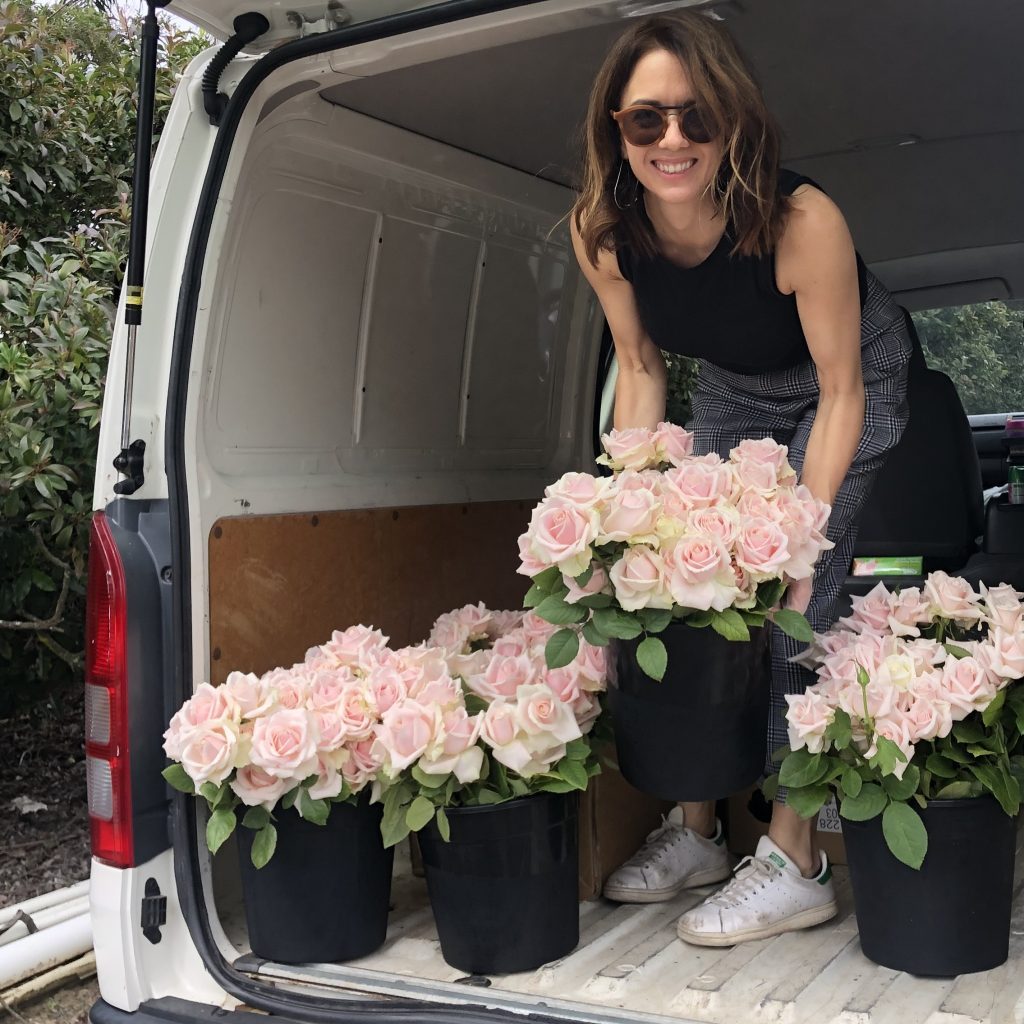
Local vs Imported Flowers: Why It’s Worth Asking Where Your Bunch Comes From
When we started Little Flowers, the environment wasn’t a marketing angle. It was just common sense. We didn’t make a big deal of it – our focus was always on affordable flowers, thoughtfu...
When we started Little Flowers, the environment wasn’t a marketing angle. It was just common sense.
We didn’t make a big deal of it – our focus was always on affordable flowers, thoughtful gestures, and the simple joy of sending a little bunch just because. But behind the scenes, from the very beginning, we were making decisions that quietly prioritised sustainability. Choosing local flowers. Avoiding unnecessary waste. Working with the rhythms of the seasons instead of fighting against them.
It wasn’t about ticking eco boxes. It was about building something that felt right – something thoughtful and grounded. Looking back now, it’s clear: what made sense then still makes sense today. And we’re proud we’ve stuck with it.
The Beauty (and Logic) of Local Flowers
There’s a quiet logic to local flowers that just makes sense. You get to know the growers who grow them. You learn what’s thriving, what’s tricky, what’s suddenly flush – and when crops are flush, that’s when you get the good stuff: flowers at their peak, with plenty of supply, often at better prices. It’s a way of working that’s intuitive, responsive, and built on real relationships.

Kale is proudly local, in-season, and beautifully sculptural
That’s the beauty of sticking close to the source. Local flowers tend to be fresher, more vibrant, and more full of life. They haven’t spent days in transit or sat in cold storage – they’ve come straight from the farm to the market, and then to you. You can often see the difference: stems that drink up water quickly, petals that open naturally, colours that stay bright. And when you’re choosing flowers to brighten someone’s day, that kind of freshness really matters.
For us, it’s not just a practical choice – it’s part of what gives each bunch its personality.
The Reality of Imported Flowers
A few years ago, we visited the enormous flower auction warehouse in Holland. It was extraordinary – and a little heartbreaking. Row upon row of flowers being moved like cargo, auctioned off at speed, then packed up for long journeys across the world. The scale was impressive. But the feeling? It was cold, industrial, and transactional.

Massive auction halls: where many imported flowers begin their journey

Pallets of imported flowers in auction hall
That’s the nature of imported flowers: designed for volume and uniformity, not beauty or joy. They’re grown to be hardy enough to survive long-haul flights, coated in chemicals to prolong their shelf life, and wrapped in layers of packaging to withstand the journey.
You don’t know who grew them. You can’t ask how they were treated. And despite all that effort, they may not last as long as you’d hope. They’ve already used up some of their life just getting here.

Boxed, shipped, chilled, flown, and stored: the journey of an imported flower
What You’re Really Getting With Local
Local flowers offer more than just freshness. They bring surprise, charm, and a sense of rhythm with the seasons. When certain flowers start appearing at the market, it’s like nature sending a quiet signal – spring is coming, or winter’s on its way out. There’s something lovely about that shift. It helps us feel more connected to what’s happening around us.
That sense of change, of movement, of something growing? You don’t get that from something flown in from halfway across the world.
It’s also why we get excited about things like peony tulips in winter. They’re lush, beautiful, and grown right here. Imported peonies, on the other hand, might look familiar—but they’ve travelled far, often don’t last as long, and come with all the baggage of distance. And even the humble kale, which pops up often in winter, has its place. It’s bold, long-lasting, and seasonal – and we’ve learned to make it shine.
When The Guardian recently covered how Australians are rethinking their flower choices, they asked us to contribute. We spoke about the growing demand for local, seasonal blooms – and why it matters. It was heartening to see a wider conversation unfolding around something we’ve believed in since day one.
What We Stand For
We’ve always been intentional about where our flowers come from. We check our sourcing every week—talking with growers, asking questions, and making sure we’re supporting farms we trust. On average, around 95% of the flowers in our Daily Mixed Bouquet are Australian-grown. And all of our Seasonal Flowers are sourced from Australian growers—camellias, ranunculus, jonquils, freesias, poppies, tulips, sweet peas, and more. We love them not just for their beauty, but for the relationships and stories behind them.
Sticking with local means we get better insight into what’s growing well, and better understanding of how our choices impact the people who grow for a living.

We know our growers by name – and that makes all the difference
When ABC News spoke to Australian flower growers ahead of Mother’s Day, the challenges they shared—rising costs, unpredictable weather, and the pressure from cheaper imports—were a timely reminder of how fragile this local industry can be.
Choosing Australian-grown flowers is one small way we can help it survive and thrive. We’re proud to be part of that.
Ask Where Your Flowers Are From
The next time you’re buying flowers—whether for yourself or someone else – it’s worth asking where they came from. Not in a confrontational way, just with curiosity. You might be surprised by the answer. Local flowers aren’t always the obvious choice, but they’re often the better one: fresher, more beautiful, more connected to place and season. And when you choose them, you’re helping to support the growers who bring a little more beauty into the world – one bunch at a time.
At Little Flowers, we keep things simple. One mixed bunch a day, three sizes, always thoughtfully made. Our Daily Mixed Bouquets are around 95% Aussie-grown. Our Seasonal Flowers range? 100% local, and completely led by what’s growing best right now. No tricks, no air miles – just flowers, as they should be.

A van full of freshly cut, locally grown roses – the kind we love most
Local Just Makes More Sense
When you put it all together, local flowers just make more sense. They’re fresher, more beautiful, and more connected to the moment you’re trying to mark—whether it’s a birthday, a thank you, or a just-because kind of day. They reduce waste, skip the air miles, and support farmers who care deeply about what they grow. And for us, they’ve always been at the heart of what we do.
In a world of industrial flower supply chains and imported stock flown in from far away, choosing local is a small but meaningful act. It keeps the joy in flower giving. It keeps the charm in each bunch. And it keeps local growers growing, which is something we’ll always stand behind.
Ready to send something that’s beautiful and better?


